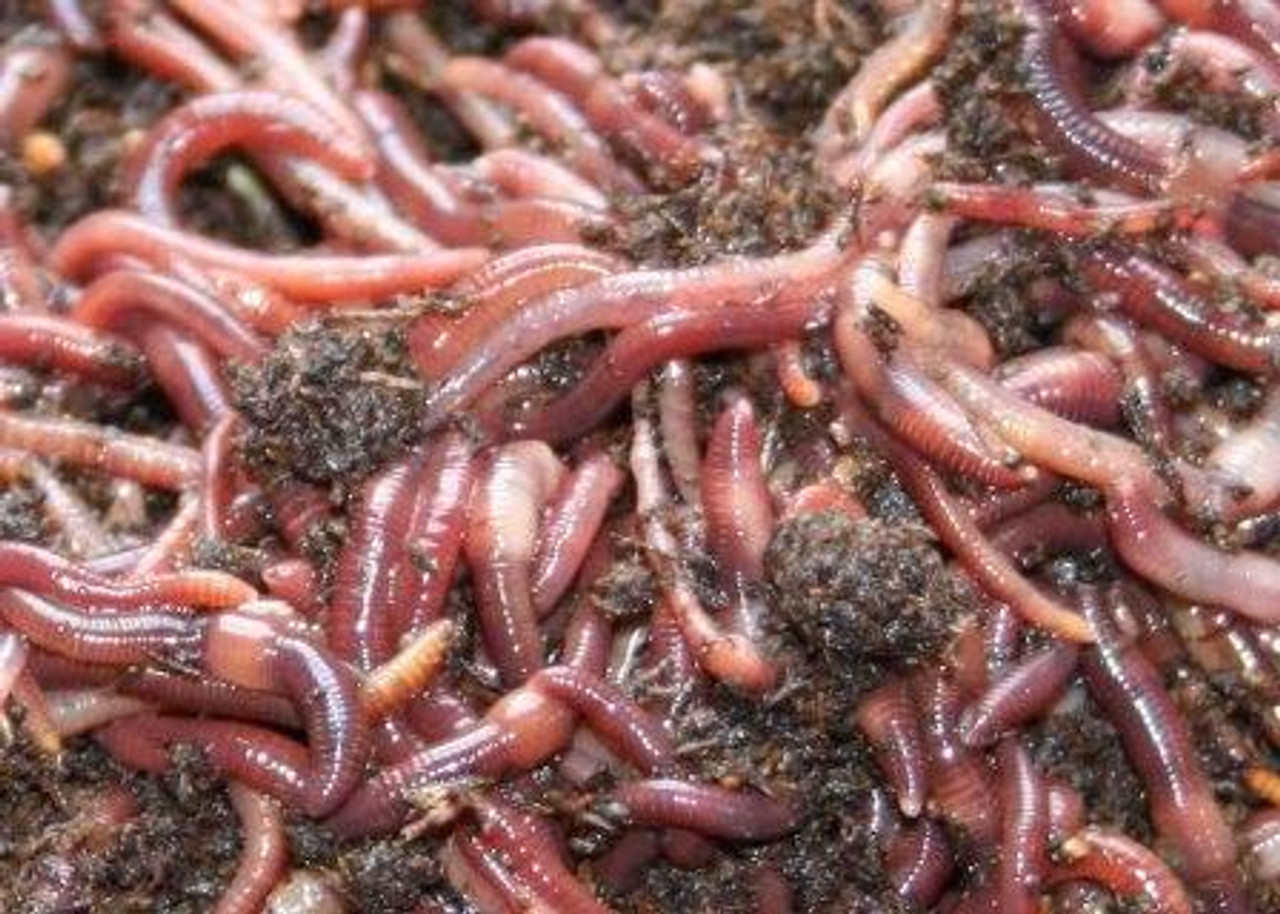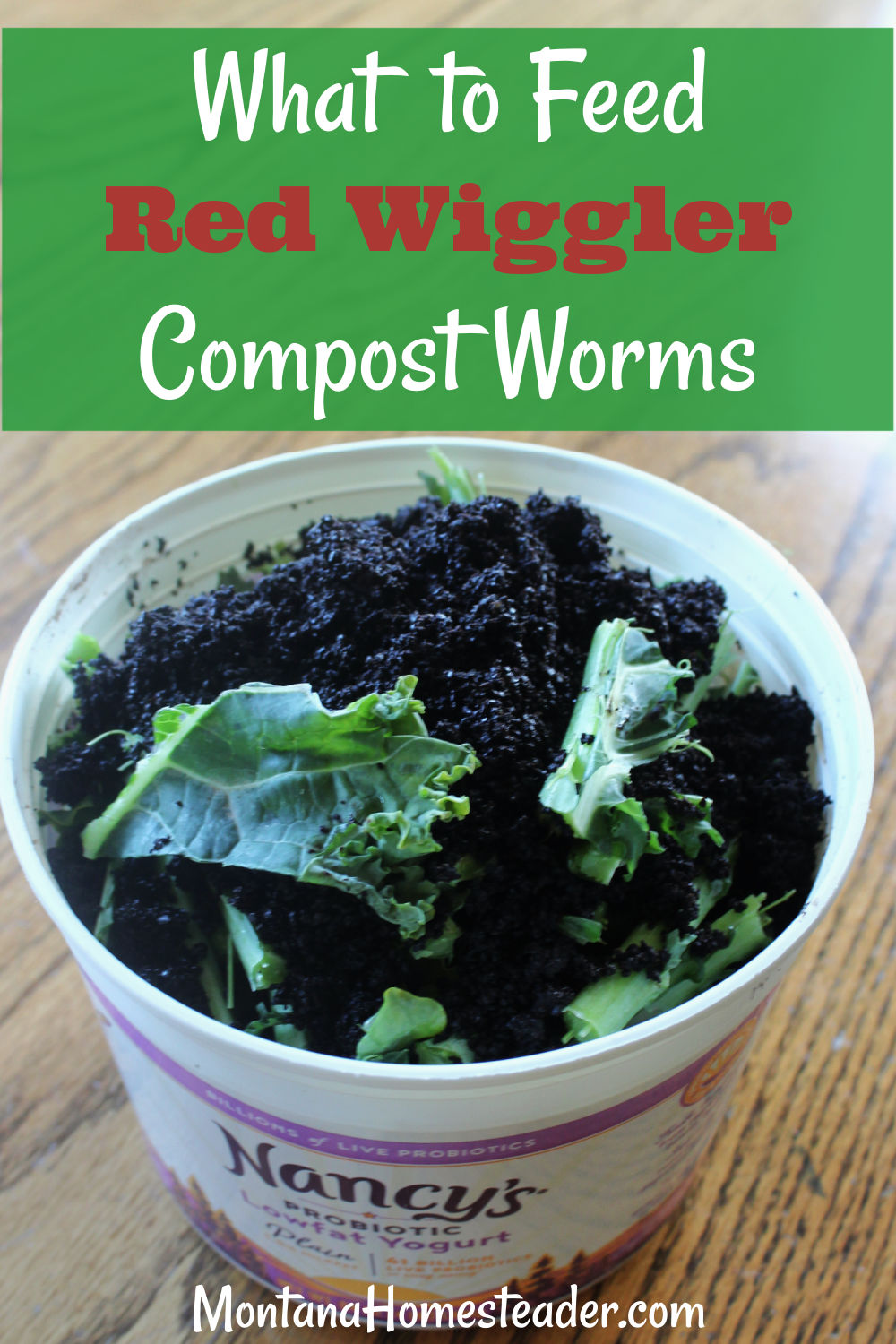Get Your Lawn in Top Shape with the Help of Lake Hickory Bait Yard Care Solutions
The Extraordinary Globe of Red Wigglers: Increase Your Soil Fertility Today
These tiny yet effective microorganisms change organic waste into beneficial worm spreadings, dramatically enhancing soil wellness and advertising sustainable practices. As we check out the benefits of vermicomposting and the useful steps to develop an efficient worm bin, the possible influence of these worms on your horticulture success ends up being progressively apparent.
Understanding Red Wigglers
Red wigglers, clinically referred to as Eisenia fetida, are a species of earthworm that play an essential function in boosting soil fertility. These worms grow in organic-rich atmospheres, such as compost heap and decaying plant product, where they take in natural waste and secrete nutrient-dense spreadings. Their special composition, including a fractional body and a clitellum, allows them to duplicate rapidly and effectively process big amounts of natural matter.

The environmental value of red wigglers extends beyond mere waste processing; they add to the dirt food web, promoting a varied area of microbes that even more enhance soil wellness. Comprehending the biology and actions of red wigglers is essential for using their complete capacity in sustainable farming and horticulture practices.
Advantages of Vermicomposting
(Lake Rhodhiss Bait)Using the power of red wigglers through vermicomposting deals various benefits that significantly enhance soil wellness and fertility. Among the key benefits is the manufacturing of nutrient-rich worm castings, which are a superb natural plant food. Red Wiggler Express. These spreadings consist of vital nutrients like nitrogen, phosphorus, and potassium, advertising robust plant development and enhancing plant yields
In addition, vermicomposting improves soil structure and oygenation. The existence of worm castings improves soil structure, permitting much better water retention and drainage. This balanced wetness degree is essential for origin growth and the total health of plants. Additionally, red wigglers aid break down natural issue, increasing disintegration and recycling nutrients back right into the dirt.
Vermicomposting also promotes microbial activity, which is crucial for a healthy and balanced dirt environment. Beneficial microbes grow in the existence of worm castings, assisting in the break down of natural materials and boosting vitamins and mineral availability to plants.
Finally, vermicomposting works as an effective waste management option, decreasing land fill waste by recycling kitchen scraps and other organic products. This not only adds to environmental sustainability however likewise promotes a round economy within gardening and farming.
How to Establish a Worm Bin
Establishing a worm bin is an uncomplicated procedure that can significantly improve your composting initiatives. Begin by picking a proper container, which can range from a commercially available worm container to a simple plastic or wooden box (Red Wiggler Express). Make sure the container has sufficient ventilation; little openings in the cover and sides will help with air flow
Next, develop a bed linen layer to give a comfy setting for the red wigglers. This can be made from shredded paper, cardboard, or coconut coir, dampened to a moist, sponge-like consistency. Fill the bin to about one-third full with this bed linen material.
When the bedding is prepared, it's time to present the worms. Red wigglers flourish in organic waste, so location them carefully onto the bed linens. Cover the worms with a light layer of additional bed linen to help them acclimate.
Feeding Your Red Wigglers
Offering the appropriate food for your red wigglers is vital for their health and the effectiveness of your composting system. Red wigglers flourish on a diverse diet regimen, largely being composed of natural materials such as fruit and vegetable scraps, coffee grounds, and shredded paper. These materials not only provide important nutrients but also add to the microbial task in the worm bin, which is critical for the worms' food digestion.
It is essential to avoid particular foods, such as dairy products, oils, and meats, as these can draw in parasites and create undesirable odors. Furthermore, citrus peels and excessively zesty foods ought to be restricted due to their potential to hurt the worms. A balanced technique to feeding entails keeping track of the quantity of food introduced to the bin, making sure that it is consumed within a sensible amount of time to stop excess waste accumulation.
To promote optimal food digestion, it is valuable to cut or shred larger food products prior to adding them to the container. This technique increases the surface for microbial activity, helping with quicker decomposition and Web Site improving the overall efficiency of your composting system. Consistently observing the worms' feeding practices will certainly assist you change their diet plan as required.
Using Worm Spreadings in Your Garden

(Lake Hickory Bait)Including worm castings into your yard can be achieved by mixing them right into the soil or using them as a top dressing. The slow-release nature of these spreadings guarantees that nutrients are readily available to plants over an extensive period, minimizing the need for synthetic fertilizers. Additionally, worm spreadings consist of beneficial bacteria that promote healthy and balanced dirt ecosystems, enhancing the overall resilience of your garden.
To maximize the advantages, objective to apply around one component worm castings to 3 components dirt in your growing beds. Routine applications can result in enhanced plant yields and much healthier plants, making worm spreadings an important source for both novice and skilled gardeners alike. By utilizing this all-natural modification, you can grow a growing garden while adding to lasting horticulture practices.
Conclusion
Finally, red wigglers exemplify the essential function of vermicomposting in improving soil fertility. Their capability to convert natural waste into nutrient-rich spreadings substantially improves dirt structure and supports microbial variety. Establishing a vermicomposting system not just advertises lasting gardening methods however also adds to eco-friendly health. By leveraging the benefits of these exceptional organisms, gardeners can grow much more effective and durable ecosystems, ultimately fostering a more lasting approach to farming and gardening.